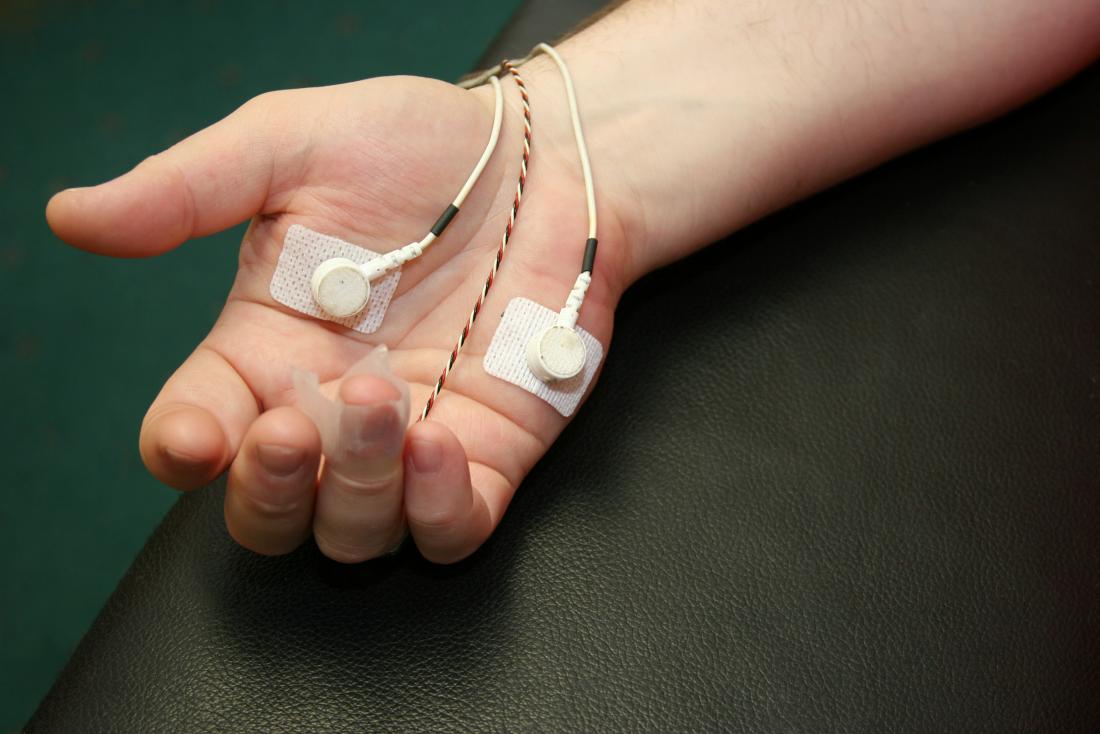Biofeedback is a method that educates individuals how to control specific bodily processes by utilizing indicators from their own bodies. This method includes employing sensors that monitor physiological responses such as heart rate, muscle tension, and skin temperature. By providing immediate feedback, patients can learn to identify their body's responses to pain and stress. This awareness allows them to formulate strategies to handle their pain more efficiently. For instance, if a person notices that their muscle tension rises when they are in pain, they can practice relaxation techniques to help alleviate that tension.

One of the primary benefits of biofeedback is that it enables patients to take an active role in their pain control. Instead of depending solely on drugs or treatments from medical providers, patients can learn to understand and control their own bodies. This feeling of control can lead to enhanced confidence and a more optimistic outlook on life. Many individuals report feeling more in charge of their pain and less like victims of their condition. This shift in mindset can significantly enhance their quality of life.
Studies has shown that biofeedback can be beneficial in alleviating chronic pain indicators. Research suggest that individuals who employ biofeedback methods often undergo less pain and better physical function. Additionally, biofeedback can help reduce anxiety and stress, which are common issues for those living with chronic pain. By addressing both the physical and emotional aspects of pain, biofeedback offers a useful site comprehensive approach to pain management. This comprehensive method can lead to superior outcomes for individuals, allowing them to participate more completely in their routine activities.
In summary, biofeedback is a significant tool for revolutionizing chronic pain management. By educating patients to comprehend and regulate their physiological reactions, biofeedback enables patients to take control of their pain. This approach not only helps reduce pain but also enhances overall standard of life. As more individuals look for alternatives to conventional pain control methods, biofeedback emerges as a promising option. With continued research and recognition, biofeedback could turn into an integral part of chronic pain therapy, helping patients lead more fulfilling, more satisfying lives.